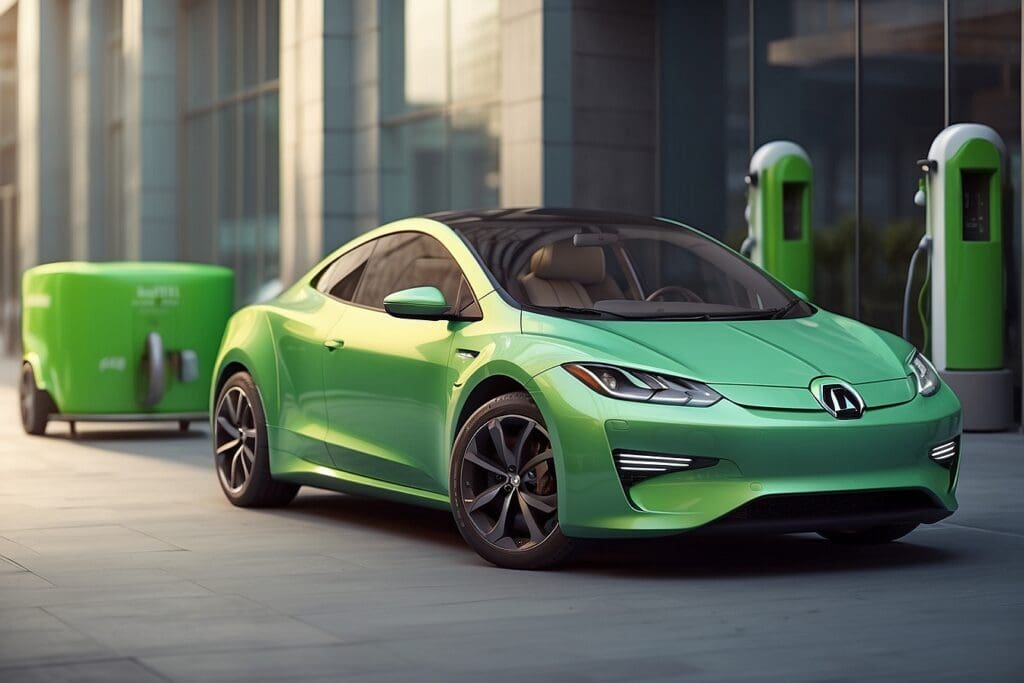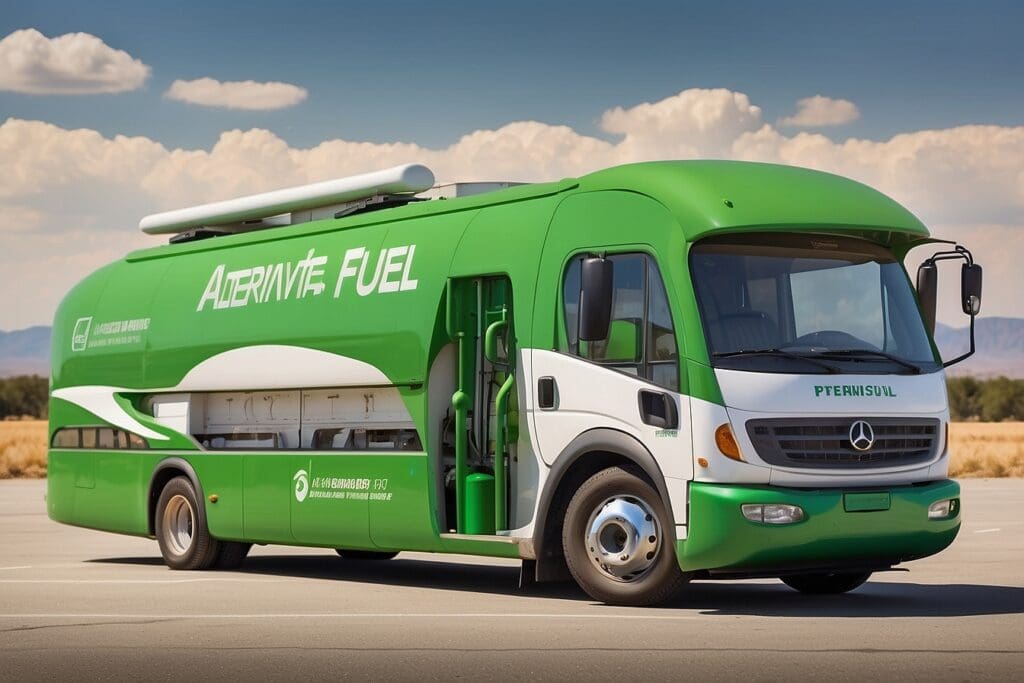Here’s a thought: converting your engine to run on biodiesel or vegetable oil is not a progressive idea; it is regressive. It dates all the way back to 1900, the year when Rudolph Diesel, the French-born son of German immigrants, successfully used peanut oil to run an engine at the World Exhibition in Paris.1 Sadly, we haven’t made much progress since then, and the oil industry has done its best to ensure that most engines still run on petroleum rather than more environmentally sound sources like biodiesel and straight vegetable oil. As a driver, you have three options for fuel. They are:

Petroleum
Pros:
- Hmmm….. It’s convenient? At the moment, petroleum is relatively inexpensive. This will change sooner rather than later.
Cons:
- While the title of World’s Dirtiest Fuel goes to coal, petroleum is responsible for nearly all CO2 emissions in the transportation sector, which contributed 7,052.6 million metric tons carbon dioxide equivalent (MMTCO2e) in 2008.2 By not buying petroleum, you would be subtracting the many tons you are expected to spend from this mess.
- Buy petrol and you are contributing to petro-authoritarianism. According to Larry Diamond, a Stanford University political scientist, “‘[t]here are 23 countries in the world that derive at least 60% of their exports from oil and gas and not a single one is a real democracy,’… ‘Russia, Venezuela, Iran and Nigeria are poster children’ for this trend, where leaders grab the oil tap to ensconce themselves in power.”3 Chavez calls you a capitalist pig and Ahmedidijad thinks you are spawn from “The Great Satan.” This is how you repay them?
Biodiesel
Pros:
- Unlike petroleum, biodiesel can be made from renewable sources such as corn and olives “through a chemical process called Transesterification,” where they are broken down so that “the glycerin is separated from the fat or vegetable oil. This process leaves behind two products- methyl esters (the chemical name for biodiesel) and glycerin (a valuable byproduct sold to be used in soap and other products).”4
- It’s also fun to make your own!
- The EPA likes it more than Straight Vegetable Oil (SVO): “Biodiesel is the only alternative fuel to have fully completed the health effects testing requirements of the 1990 Clean Air Act Amendments. Biodiesel that meets ASTM D6751 and is legally registered with the Environmental Protection Agency as a legal motor fuel for sale and distribution.”5
- If you are using a 2% or 5% blend (2% or 5% biodiesel, the rest petrodiesel) then you don’t need to modify your diesel engine. It originally ran on peanut oil, remember?
Cons:
- Your car’s warranty might be voided
- Some have called biodiesel conversion kits a scam,6 but the consensus is that “higher percentage biodiesel blends can cause a variety of engine performance problems.”7 Contact your engine manufacturer for specific recommendations.
If you decide to run your engine on a higher grade biodiesel without making any modifications, you should at least check that you have removed any rubber components from your engine, as biodiesel eats away from them. Also, check up and perhaps clean your fuel filter because biodiesel binds with dirt.8 And note, a so-called high grade blend of biodiesel is still about 80% petroleum. Viva la Chavez!
Straight Vegetable Oil (SVO)
Pros:
- SVO is 100% derived from vegetables, making it the most environmentally sound fuel option.
- It is widely available: It can be acquired from any number of restaurants, or even your own house! Check out Chinese and Japanese restaurants specifically, as they have the cleanest oil, known as “liquid gold”.
Cons:
- In contrast to biodiesel, SVO does not have many long-term tests on its effect on the engine: “SVO cannot meet biodiesel fuel specifications (and) it is not registered with the EPA.”9
- You must modify your engine.
Why not go the whole way and convert your car to run on SVO? Here’s what you need to know:
Cost of converting your diesel engine to run on Straight Vegetable Oil: Moderate to High. Initial costs but you save money over the long-term.
You do need a diesel engine to convert your engine to run on SVO, so consider looking into an older Mercedes or Volkswagen. You will save money purchasing the parts from a local dealer yourself, but unless you know your rotors from your rocket arms, your best option is a fuel conversion kit.
Vegetable oil is more viscous (thicker) than regular petrol, meaning that it needs to be warmed to a certain temperature (its viscosity is sufficiently lowered between 70 and 80 degrees C10) before it can move freely through the fuel system. You can heat SVO two ways: with a two-tank system or a single-tank system.
A two-tank system has—you guessed it—two tanks. In one of these tanks sits vegetable oil and in the other sits bio-diesel or petro-diesel. While one tank heats the vegetable oil, the engine runs on petrol held in the other tank. Once the vegetable oil is heated, the system switches (automatically or manually) back to that tank. The car must switch back to run on petrol before the engine is turned off so that the vegetable oil can leave the engine. If it doesn’t, the vegetable oil cools and thickens up, and then you have an unhappy engine.
The single-tank system is simpler: “With professional single-tank SVO systems there is no waiting or switching fuels as with two-tank SVO kits – start up and go, stop and switch off, just like any other car.”11
Once again, it is the Germans who engineer the most efficient product:
Elsbett Technologie, who have more than 30 years at the forefront of using vegetable oil fuel in diesel engines.
VWP, Vereinigte Werkstätten für Pflanzenöltechnologie (“combined workshops for vegetable oil technology”), founded about 12 years ago by former Elsbett employees.
WOLF Pflanzenöltechnik (WOLF vegetable oil technology) have been providing advanced single-tank SVO systems since the mid-90s.12
Cost of your fancy new fuel: Low to non-existent
Aside from the favor you will be doing the environment, you will save money as well. A conversion kit from Greasecar will cost you $1000 plus installation. Currently, the U.S. national average price per gallon of gas is $2.63. So the cost of a conversion kit comes out to about 380 gallons of gas. If your vehicle averages 25 mpg, then you will have to drive 9500 miles on SVO collected (for free) from your home or restaurants. The average American will drive this amount in less than a year.13
For additional options, check out these companies:
For more information on alternative fuel and hybrid options, check out:
.





